Location: Kerwee, Jondaryan Qld
One-time capacity: 20,200SCU
Annual turnoff: 26,000 head, (10,900t carcase weight equivalent)
2015 position: 23 2003 position: n/a
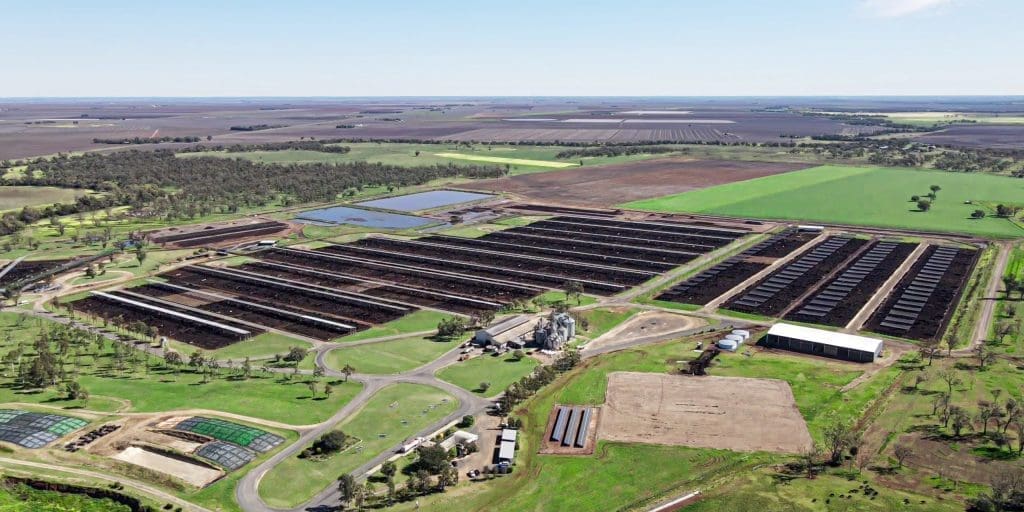
STOCKYARD’S Kerwee feedlot near Jondaryan on Queensland’s Darling Downs holds the distinction of being Australia’s longest-operating feedlot still under original family ownership.
Company founder and chairman Robin Hart and his wife Del settled at Kerwee station near Eidsvold in Central Queensland in 1957, establishing their trading entity, Kerwee Pastoral Co. A second property, Berwick located near Jondaryan was owned by Del and added to the partnership.
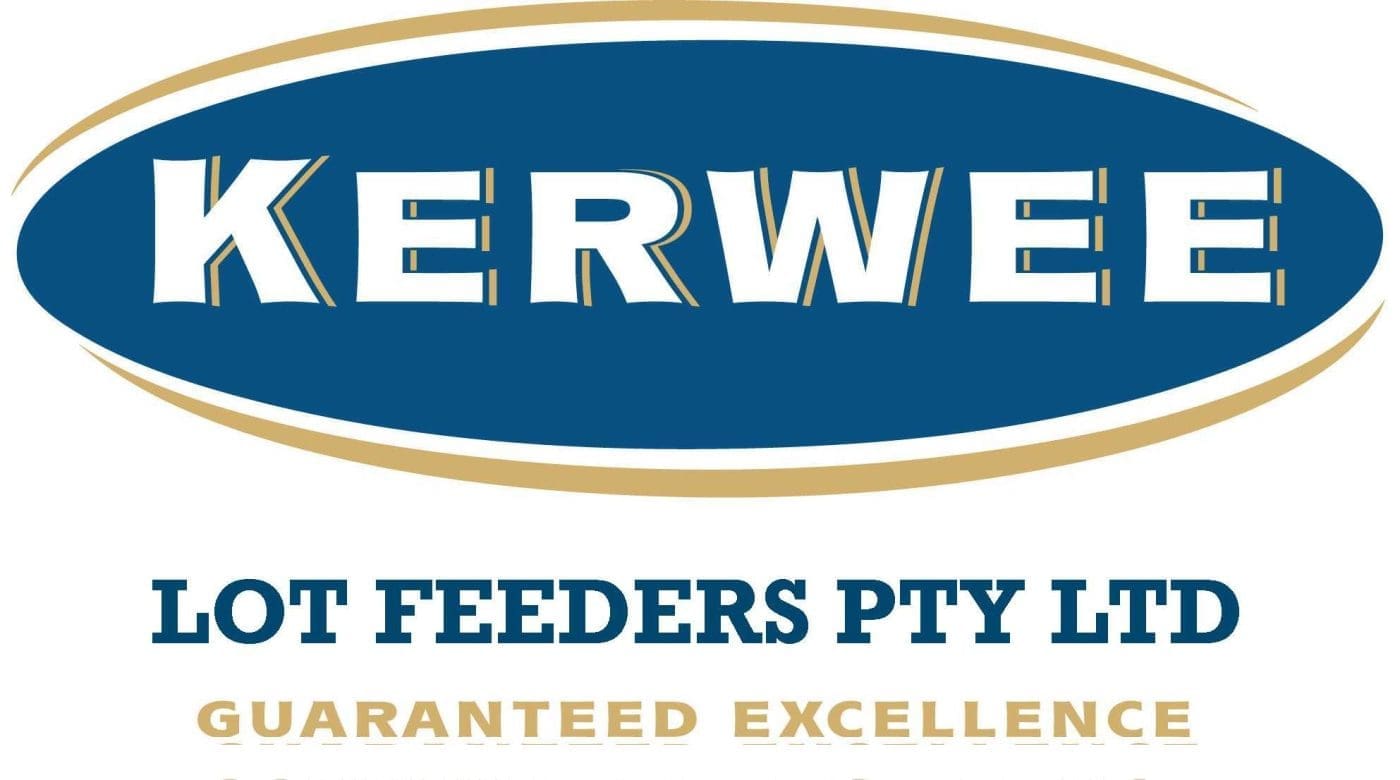
As one of the industry’s pioneer lotfeeders, Robin Hart started grain feeding cattle at Berwick (the feedlot component was later named Kerwee) in 1965. Most of that was for drought mitigation purposes, feeding small mobs of up to 200 head for local butchers.
The original 500-head capacity yard continued to expand over the years in a number of stages.
Regulatory changes in Queensland in 2017 based around computer modelling for odour disbursement, allowed the Kerwee business to almost double its existing 11,100 head capacity to 20,200 Standard Cattle Units. Heavy international meat customer demand was the main driver for the expansion.
Despite feeding continuously at the same site for 58 years, Kerwee today is a modern, efficient and well-managed feedyard.
The enterprise is part of the vertically-integrated Stockyard branded beef business, heavily focussed on premium Angus and longfed Wagyu programs. Third-generation Hart family members are now embedded in the broader Stockyard business.
All cattle on feed are company-owned, sourced from a network of dedicated Angus and Wagyu feeder cattle suppliers across central and southern Queensland, NSW and into Victoria – plus a growing number of company-bred cattle.
The Kerwee yard, plus another 5000 mostly F1 Wagyu custom-fed for Stockyard brand programs at other yards, now requires around 30,000 feeders per year.
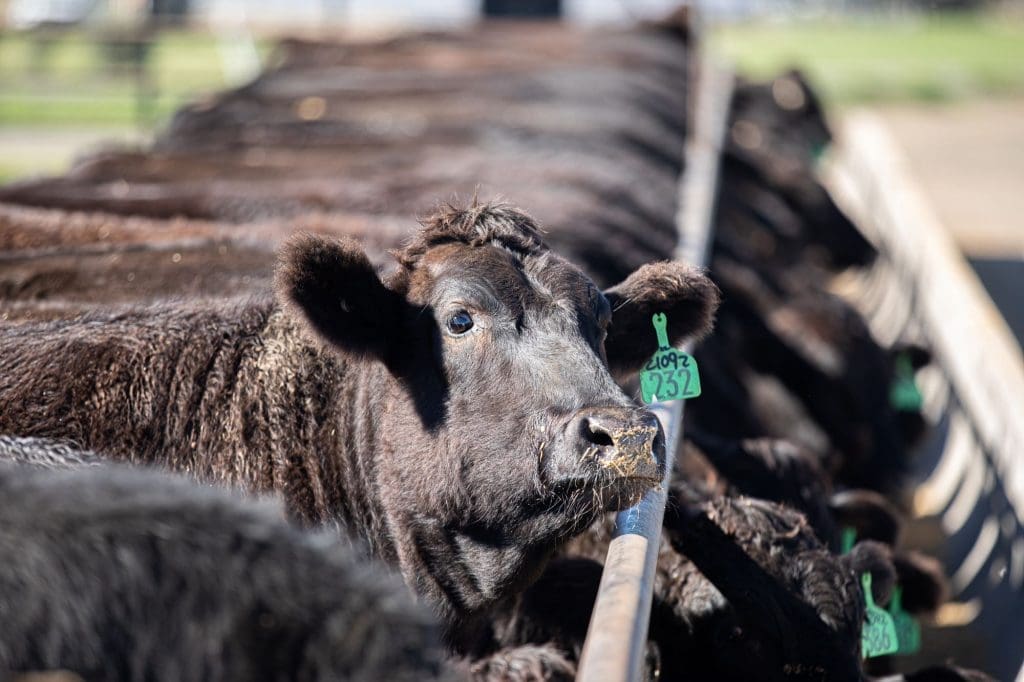
All the production is fed into Stockyard’s high-quality marbling-oriented Angus, crossbred Wagyu and Fullblood Wagyu branded beef programs, exported around the world. Contract processing takes place at both John Dee Warwick, and Australian Country Choice in Brisbane.
About half the yard is devoted to Angus 200-days plus longfed, aiming for marbling scores of 3-4. The balance is occupied by crossbred and Fullblood Wagyu programs fed from 380-450 days. Higher Angus turnover due to time spent on feed means annual cattle throughput is around 65pc Angus, 35pc Wagyu.
Wagyu numbers as a proportion have continued to expand since our previous Top 25 survey in 2015.
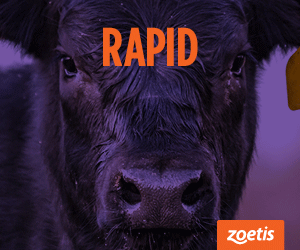 Largest market by value is the Middle East, with Japan being the largest by volume, with more than 20 countries serviced around the world, plus domestic Australian food service hotel and restaurant customers.
Largest market by value is the Middle East, with Japan being the largest by volume, with more than 20 countries serviced around the world, plus domestic Australian food service hotel and restaurant customers.
Founder Robin Hart was a pioneer of Australia’s chilled grainfed export beef business into Japan, which has grown into Australia’s single largest export market for chilled grainfed beef today.
More details can be found in the industry history – Grainfed: The history of the Australian Lot Feeding Industry written by Beef Central’s Jon Condon (click here for details).
Following the general industry trend evident in this year’s survey towards longer days on feed, Kerwee now averages around 282 days across all cattle inducted into the yard. All cattle are fed under a third-party audited Natural program, certified free from added HGP, antibiotics or Genetically Modified feedstuffs.
At the time of the yard expansion in 2017, a third steam-flake mill was added, building on original milling and feed delivery capacity.
Shade provision
Kerwee was one of the early adopters in provision of shade above the feeding pens, and since the 1990s, 100pc of pens have offered shade shelter.
The yard has received a string of performance and management awards over the years, including the MSA grainfed beef producer award for Queensland for the past three award cycles. All cattle leaving the yard are MSA-assessed.
The broader Stockyard beef business has what is arguably the most awarded stable of grainfed beef brands in Australia, stretching over the past 20 years, and covering both Wagyu and Angus brand programs.
ESG, sustainability focus
Stockyard has been one of the pioneers among grain fed businesses in embracing the themes of sustainability and ESG (environmental, social and governance).
In 2021, the company became the first Australian agricultural business to engage in an incentivised bank finance arrangement linked to environmental and social outcomes (click here to view earlier story).
The three-year Sustainability Linked Loan agreement with CBA sets out clear parameters that are seeing the supply chain business stretching towards sustainable outcomes in emissions reduction, animal welfare and people wellbeing, that are significantly beyond its original (already strong) baseline performance.
Stockyard’s three-year loan deal ties the facility pricing to five metrics, mostly surrounding the feedlot operations, grouped into three sustainability performance targets. These include reducing Scope 1 and 2 greenhouse gas emissions, improved animal welfare outcomes; and workplace health and safety innovations.
The first three-year agreement under the loan terms finalises in July next year.
“Now that we are a third-generation family business, our ambition is to be successful multi-generational beef producer,” Stockyard CEO Lachie Hart said. “To that end, it’s important to us that we hand on to the next generation a business that is more sustainable, in every way, than what it is today.”
“From an industry perspective, the emphasis on sustainability is important because the social license around farming and lot feeding is an issue that needs to be addressed by industry. We feel it is our responsibility to lead the sector for better improvements in sustainability, animal welfare, the environment, the people and the communities in which we operate,” Mr Hart said.
In other areas of environmental focus, Kerwee was one of the earliest adopters of value adding in feedlot pen waste, establishing a large-scale organic compositing business beside the feedlot 15 years ago.
The Kerwee business last year received a Federal Government Methane Emissions Reduction in Livestock (MERiL) Reduction Grant, to undertake a major trial using asparagopsis seaweed as a feed additive, monitoring the effect on methane inhibition, carcase quality and livestock performance in Angus cattle. That trial starts in April, ending after the intake completes 208 days on feed, plus carcase assessment and sensory analysis work.
Feed efficiency
Kerwee feedlot is also well known as a major site for cattle feed efficiency testing in Australia, currently hosting 16 Growsafe feed testing units used to assess Net Feed Intake in cohorts of steer progeny. Performance data is passed back to the main participants, the Australian Wagyu Association and Angus Australia, as part of their extensive progeny testing programs.
More than 20 intakes of cattle have now passed through the NFI system since it was established in 2016.
The current number of cattle that can be handled at any one time in the Growsafe ‘bays’ in the Kerwee testing station will double shortly to 160, as another part of the MERiL asparagopsis trial project.
Breeding herd
Stockyard itself is one of the customers of the Kerwee feed efficiency testing station, launching a program some years ago to build and develop its own Fullblood Wagyu cattle herd. This will be used both for bull production, servicing feeder cattle suppliers’ needs, as well as a commercial Wagyu herd to produce feeders for Kerwee.
“We have strong ambitions to grow our own cattle breeding capacity, and are putting our own progeny through the feed testing station to identify sire and dam lines that are going to present more efficient feeding cattle, which still produce high marbling,” Mr Hart said.
Potentially in future, methane output may also be added to the testing process, if genetic traits can be linked to methane output.
“We now have the equipment that can monitor individual animal methane production, and will potentially be able to do both methane and feed conversion performance in the same progeny test cycle,” Mr Hart said.
Another area that Kerwee was an active pioneer in was in establishing long-term supply alliances with commercial feeder cattle breeders, breaking ground in this space at least 15 years ago.
“Our business continues to expand, so we are always looking for more and more feeder cattle, and with that, reliability of supply and performance,” Mr Hart said.
Currently Stockyard has around 5,000 head of cattle under custom-feeding programs in other yards, mostly supplying F1 Wagyu programs.
Given that the Kerwee site has now reached its practical operating capacity, Stockyard may some day have to look at purchasing or building a second yard.
The growth in the Wagyu side of the business, with its particularly slow rates of turnover due to prolonged days on feed, may only hasten that move.
Strong research focus
For more than 50 years, Kerwee has been key focus for Australian grain fed industry research and development, hosting and initiating countless trials and project work on diverse topics to do with feeding cattle. Founder Robin Hart served for a lengthy period on the old Meat Research Corporation board.
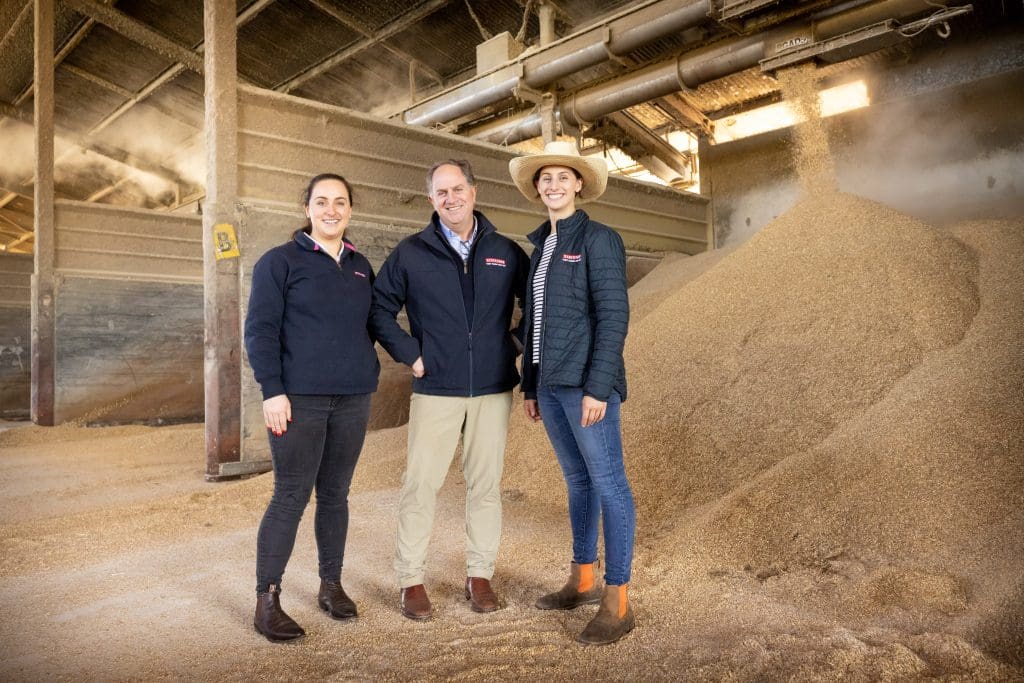
Stockyard chief executive Lachie Hart with daughters Rebecca and Alexandra in the Kerwee commodities shed
In addition to the current asparagopsis work discussed above, Kerwee is currently involved in a research project involving animal ‘wellbeing’, monitoring cattle via sophisticated eartags using algorithms for movement patterns and animal temperature. This may help with early and accurate warning about respiratory illness, for example.
A second project about to start is an exploration of the possibilities in meat quality assessment in live animals, before they reach the meatworks, using an advanced scanning technology from another (un-named) industry.
“If that can work with some level of accuracy, it would save the industry – particularly the Wagyu sector – a great deal of money each year, in removing the poor performers early, before too much money has been invested in feeding them,” Mr Hart said.
In addition, Stockyard is also automating data analysis, using artificial intelligence to make sense of the streams of data now being produced.
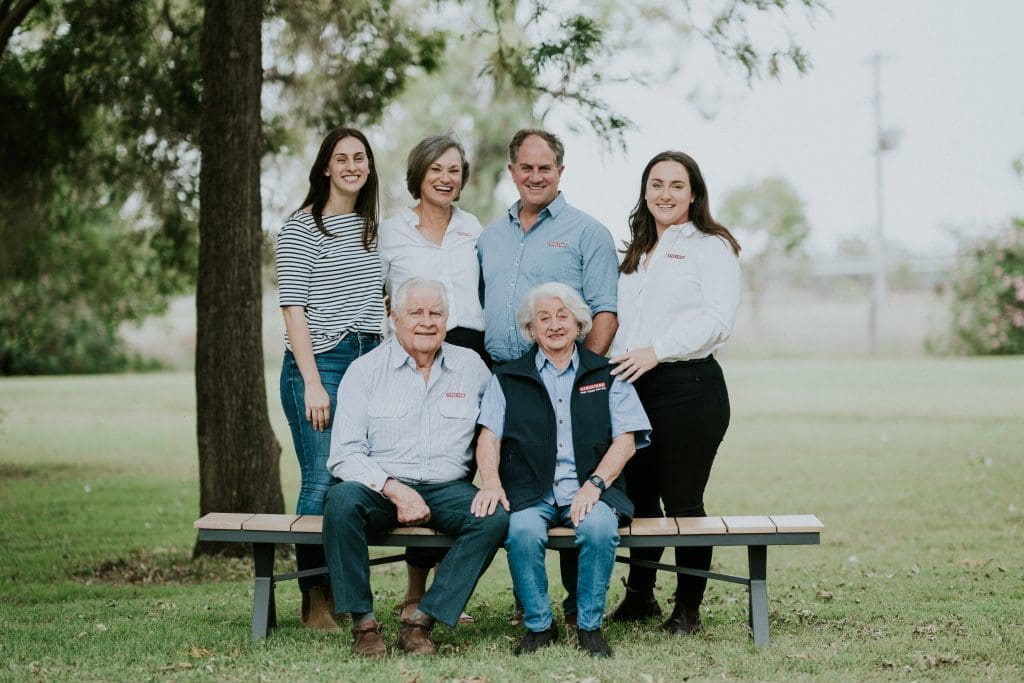
Robin and Del Hart with son Lachie, daughter in law Sarah and grandchildren Rebecca and Alexandra
Strong female presence among staff
Like most lotfeeders featured in this list, Stockyard’s female staff ratio is remarkably high by broader beef industry supply chain standards, being 47pc of all full-time staff. This ratio extends across all management levels, all the way up to the company’s advisory board.
The feedlot manager is Gino de Stefani, a 33-year feedlot industry veteran who worked previously at John Dee’s Yarranbrook feedlot near Inglewood. Livestock procurement is handled by Brandon Gallagher.
Livestock inquiries: Brandon Gallagher, ph 0456 621 850
- Stockyard and Kerwee are this year celebrating 65 years since founder Robin Hart started in the cattle business at his Eidsvold property (also called Kerwee) in 1958.
Click here to return to Top 25 Lotfeeders table.
Click here to access all Top 25 Lotfeeders articles, as they appear in coming weeks
Feature proudly presented by Zoetis Australia and its products, BOVI-SHIELD MH-ONE, RHINOGARD and SYNOVEX

